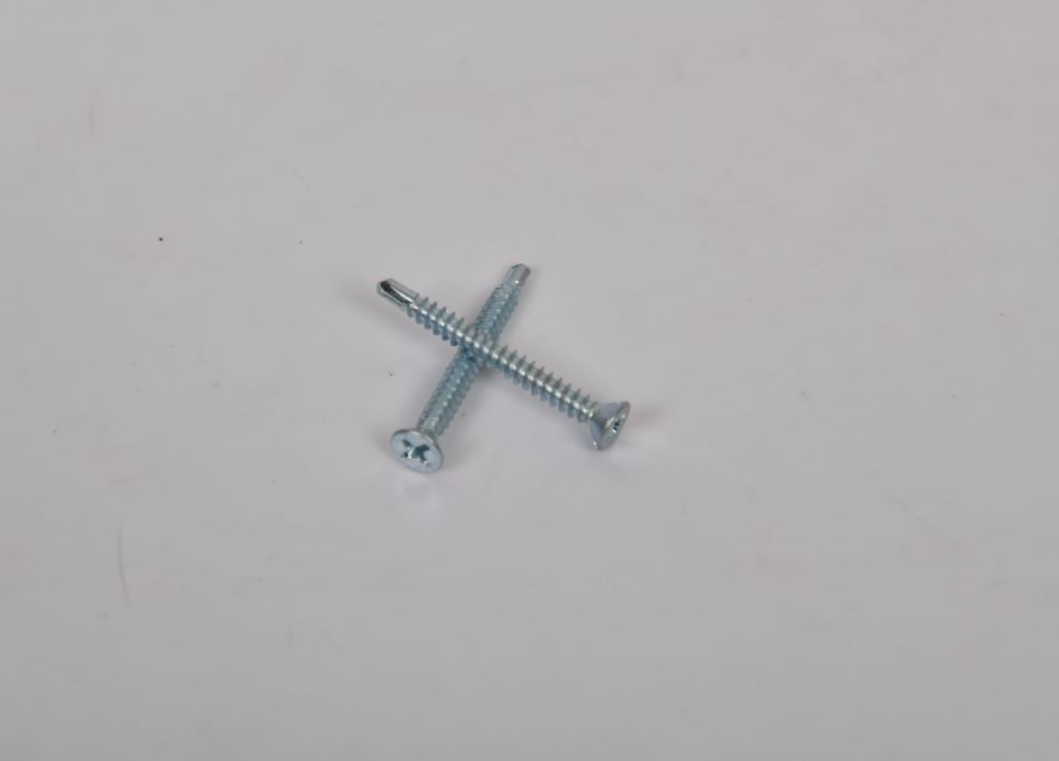Troubleshooting Issues with Screws and Drywall Anchors for Secure Installations
Troubleshooting Issues Why Screws Won't Tighten in Drywall Anchors
When it comes to hanging objects on drywall, using drywall anchors is essential for providing the necessary support. However, homeowners and DIY enthusiasts often face the frustration of screws not tightening properly in drywall anchors. This problem can lead to objects falling, which is not only inconvenient but can also damage walls or the items being hung. This article examines the common reasons why screws may fail to tighten in drywall anchors and offers solutions to overcome these issues.
Understanding Drywall Anchors
Drywall anchors are hardware devices used to support screws in drywall, providing the necessary tensile strength to hold items securely. These anchors come in various types, including plastic expansion anchors, toggle bolts, and metal anchors. Each type functions differently, making it crucial to choose the appropriate anchor for the weight of the item being hung.
Common Reasons for Tightening Issues
1. Incorrect Anchor Type One of the most common mistakes is using the wrong type of anchor for the weight of the object. Light-duty items should use plastic anchors, while heavier objects require metal toggle bolts or molly screws. If you attempt to use a light-duty anchor for a heavy load, it may not tighten properly or may even pull out of the wall.
2. Improper Installation If the anchor is not installed correctly, it can lead to failure when a screw is inserted. For instance, if the hole is drilled too big or uneven, the anchor may not grip the drywall properly. Ensure that the hole is drilled at the correct size, as specified by the anchor manufacturer. Always follow the step-by-step instructions provided for each type of anchor.
3. Damaged Drywall Drywall that is old or has been subject to water damage can weaken the material surrounding the anchor. When screws are driven into compromised drywall, there may not be enough material to hold the screw tightly, leading to a loose installation. Inspect the drywall prior to installation; if it is damaged, consider patching it or using a more secure hanging method.
4. Screw Size and Type Another potential issue could be the screw itself. Using screws that are too long or too short can prevent a proper fit. Additionally, the thread type matters; using machine screws with plastic anchors may lead to poor gripping. Always choose screws that are compatible with your anchor type.
screw won't tighten in drywall anchor factories

5. Over-tightening While it's essential to ensure the screw is snug, excessive force can strip the anchor or the drywall itself. Over-tightening might compress the anchor material beyond its capability, leading to a non-functional hold. Use a moderate amount of force, and avoid using power tools if this is a concern.
Solutions and Best Practices
1. Select the Right Anchor Before installation, assess the weight of the object you want to hang and choose the appropriate anchor type. For heavy items, consider using multiple anchors for added support.
2. Prepare the Installation Site Ensure that the area where you will be installing the anchor is in good condition. Repair any damaged drywall and use a level to ensure your installation is straight, which also contributes to better load distribution.
3. Follow Instructions Carefully Each type of anchor has specific installation guidelines. Reading and following these instructions ensures correct placement and maximizes the efficiency of the anchor.
4. Use the Right Tools Utilize the appropriate drill bits and screws as recommended by the anchor designer. Having the right tools can significantly ease the installation process and improve holding power.
5. Test Before Full Load After installation, gently pull on the item to test its stability before placing it under full load. This practice can help identify potential issues early and prevent accidents.
Conclusion
Screws not tightening in drywall anchors can lead to frustrating situations and potential hazards. By understanding the common causes and implementing best practices for installation, anyone can achieve a secure and reliable mounting solution for their wall-mounted items. With the right knowledge and tools, you can ensure that your fixtures are not just hung but firmly secured.
-
Top Choices for Plasterboard FixingNewsDec.26,2024
-
The Versatility of Specialty WashersNewsDec.26,2024
-
Secure Your ProjectsNewsDec.26,2024
-
Essential Screws for Chipboard Flooring ProjectsNewsDec.26,2024
-
Choosing the Right Drywall ScrewsNewsDec.26,2024
-
Black Phosphate Screws for Superior PerformanceNewsDec.26,2024
-
The Versatile Choice of Nylon Flat Washers for Your NeedsNewsDec.18,2024










